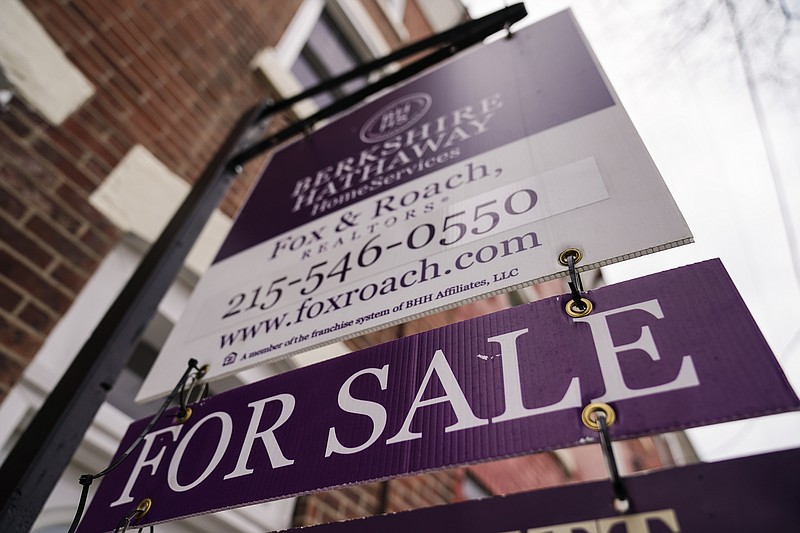The average long-term U.S. mortgage rate inched down for the fifth straight week, positive news for potential homebuyers and a real estate market that's been chilled by the Federal Reserve's bout against decades-high inflation.
Mortgage buyer Freddie Mac reported Thursday that the average on the benchmark 30-year rate ticked down this week to 6.27%, from 6.28% the previous week. The average rate last year at this time was 5%. The average long-term mortgage rate hit 7.08% in the fall -- a two-decade high.
The recent decline in mortgage rates is good news for prospective homebuyers, many pushed to the sidelines during the past year as the Fed raised its main lending rate nine straight times to beat back inflation that peaked at 9.1% last summer.
Though supply remains low, home prices are retreating slightly, another development that could lure buyers back into the market. The national median home price slipped 0.2% from February last year to $363,000, marking the first annual decline in 13 years, according to the National Association of Realtors.
Rising borrowing costs, which can add hundreds of dollars a month in costs for homebuyers, cooled off a red-hot housing market. Before surging 14.5% in February, sales of existing homes had fallen for 12 straight months to the slowest pace in more than a dozen years.
In 2022, existing-home sales in the U.S. fell 17.8% from 2021, the weakest year for home sales since 2014 and the biggest annual decline since the housing crisis began in 2008, the Realtors association reported earlier this year.
In their latest quarterly economic projections, Fed policymakers said they expect to raise the benchmark rate just once more -- from its current level of about 4.9% to 5.1%, the same peak the central bank had projected in December.
While the Fed's rate increases do impact borrowing rates across the board for businesses and families, rates on 30-year mortgages usually track the moves in the 10-year Treasury yield, which lenders use as a guide to pricing loans.
Investor expectations for future inflation, global demand for U.S. Treasurys and what the Fed does with interest rates can also influence the cost of borrowing for a home.
Treasury yields have fluctuated wildly since the collapse of two midsize U.S. banks last month. The yield on the 10-year Treasury, which helps set rates for mortgages and other loans, was 3.44% Thursday but had been more than 4% early in March.
The rate for a 15-year mortgage, popular with those refinancing their homes, fell this week to 5.54% from 5.64% last week. It was 4.17% one year ago.
